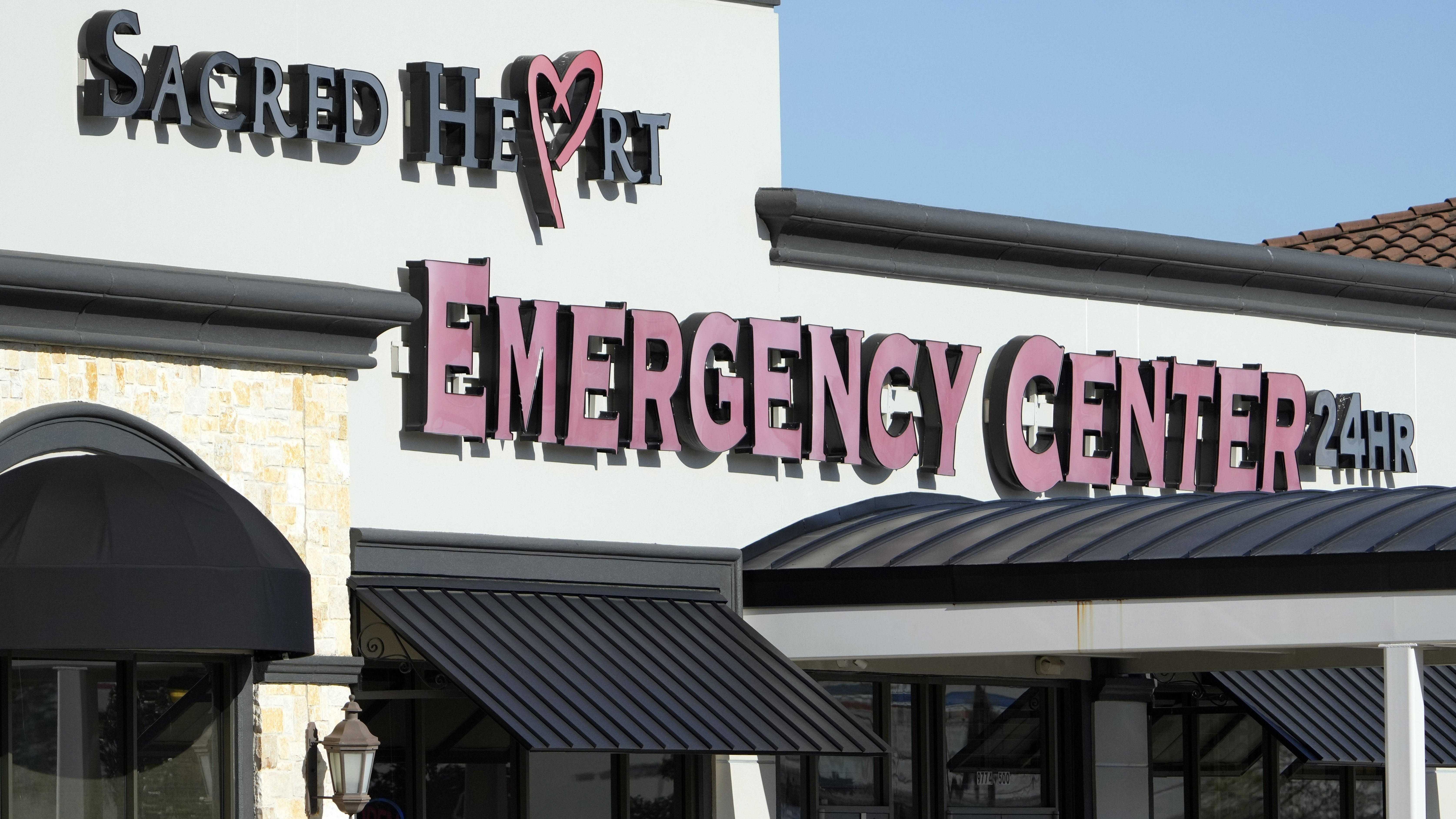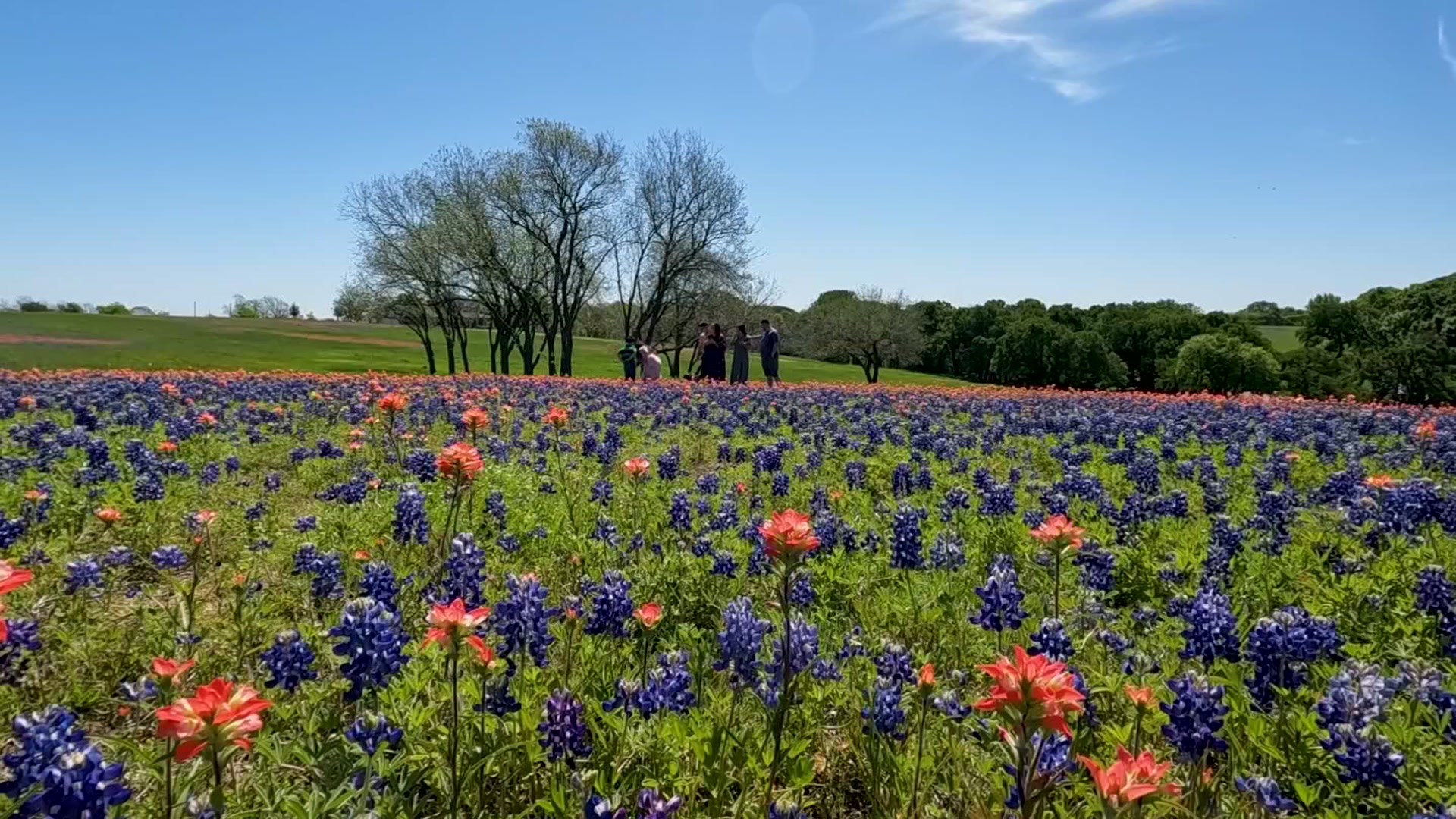It's 9 a.m. on Richcreek Road, and two white vans have pulled up alongside a chain-link fence where a duplex is being built.
The Austin American-Statesman reports a green semitruck hauling wooden boards and with a red forklift affixed to the rear of its trailer emits a repetitive beeping as it maneuvers to park. If the truck's beeping acted as a metronome, none of the construction workers working on the duplex paid attention as they continued with the arrhythmic, staccato blasts of nail guns.
Though this North Austin neighborhood has been established for decades, the soundscape of construction has become common in Crestview in recent years. According to a review of city records undertaken by the American-Statesman, the 78757 ZIP code that includes Crestview has become a hotbed for redevelopment in the past 10 years. Since 2008, area residents have seen the number of homes demolished each year jump from fewer than 10 to between 30 and 40.
"It feels funny when you live here, and you see this (much construction)," Richcreek Road resident Anne-Charlotte Patterson said.
On a summer day, Patterson took a quick stroll around the block, pointing out the conspicuous newer homes. The block that once was all midcentury homes is now flecked with more modern homes in trendy muted shades.
During the two-block walk, it doesn't take long to pass 22 properties that have been torn down and redeveloped since 2010.
At the corner of Richcreek Road and Woodrow Avenue, a home built in 1951 was torn down in 2014 and replaced by a duplex with three bedrooms on each side. The property is valued at more than $1 million. One street over, on Pasadena Drive, a 1950 home torn down in 2013 has given way to a four-bedroom home now valued at more than $800,000, according to city and tax appraisal records.
Texas News
News from around the state of Texas.
For a neighborhood once marketed to working-class families, each new home rises as a seedling of change as Central Austin transforms more and more into a part of the city that's affordable only to those on the upper end of the income scale.
"A smaller, affordable house is replaced by a home triple or more in value," said Patterson, who has lived in Crestview since 2003 and is vice president of the neighborhood association. "We had a more balanced mix of homeowners and renters, but we're now losing a lot of our renters as the housing becomes less affordable."
What's happening in Crestview -- older houses being razed to be replaced with new, fresh properties that come with appreciably higher valuations -- isn't unique in Austin.
The Statesman analyzed public records associated with tens of thousands of building permits filed with the city of Austin, covering everything from kitchen remodels to complete teardowns of single-family homes. The analysis found that each year since the economic free fall resulting from the 2008 financial crisis, the number of demolitions in the city has increased.
Neighborhoods in the ZIP codes surrounding downtown Austin have seen the most homes destroyed in recent years for redevelopment. The 78704 ZIP code, just south of Lady Bird Lake, has been the No. 1 target for demolitions for the past 10 years, followed closely by 78702 in central East Austin, according to the records.
The permits also showed that in the case of the 2,370 homes that listed the size of the structure being razed, developers filed plans to replace an older home with a larger home nearly 97 percent of the time over the past decade. While incomplete, the available data shows a stark trend to build bigger once the initial dwelling has been torn down.
Real estate consultants and developers attribute the increasing churn of demolitions in Austin's core to a myriad of causes, including: low supply of housing stock versus a high demand for it; double-digit population growth; the natural replacement of aging housing stock; and well-off young professionals moving out of downtown high-rises and into nearby neighborhoods to buy more traditional family homes.
Each theory carries some weight, but almost all the ideas spring from one root: the ongoing ascendance of Austin's economy that might make affordable central neighborhoods victims of the city's economic success.
"Austin is fast becoming a city of wealthy people," said City Council Member Leslie Pool, whose District 7 encompasses Crestview. "They don't all live in Crestview now, but that is who is moving in."
Since the collapse of the housing market 10 years ago, Austin has rebounded in a big way. Housing prices and sales have risen year over year here for seven years straight. In that environment, the desire to build more housing is far from quenched.
The surge in Austin's population was unmitigated by the Great Recession, and the number of households earning more than $100,000 a year has risen, according to U.S. Census Bureau figures.
In 2000, roughly 19 percent of households in Austin had incomes of at least $100,000, which adjusted for inflation rises to about $140,000 in 2016. Census data show that 24 percent of households in Austin had incomes of more than $150,000 that year.
Even as high-rises have sprung up downtown, neighborhoods just beyond downtown have been changing one lot at a time. Demolitions have continued to increase each year in those areas, and the pace has shown no signs of slowing down. According to permits filed with the city, demolitions citywide in 2018 are nearly on pace to match the 2017 total.
District 3 City Council Member Sabino "Pio" Renteria has had a front row seat for the redevelopment of East Austin. Renteria bought his house a few blocks east of Interstate 35 near Holly Street for $21,000 about 40 years ago. These days, he sees his longtime neighbors selling their homes for upward of $500,000.
"It started about 10 years ago," Renteria said. "There were two lots, two houses, and they tore them down and put four houses there. We joked around at the time because they wanted $500,000 (for each house), and they ended up having to sell them for $250,000. That would be a bargain now."
Renteria's ZIP code of 78702 has trailed only 78704 in seeing the most single-family home demolitions in Austin since 2008.
Eldon Rude, founder of the market research and consulting practice 360 Real Estate Analytics, said downtown Austin's high-performance economic engine has driven the redevelopment of neighborhoods like Renteria's and sent home prices soaring.
"That has drawn a lot of professionals, younger professionals, that rented at first," Rude said. "As a lot of those apartment dwellers are now moving toward the interest to buy a house, they want to stay central."
A 2015 report from the Portland, Oregon, think tank City Observatory found that 28.8 percent of all of Austin's jobs exist in the city's center, an area the study defined as within roughly 3 miles of downtown. This concentration of jobs in Austin ranked the highest among all 41 cities that City Observatory examined, including New York City and San Francisco.
"That means we have a very healthy urban job market," said Terry Mitchell, president of the development consultant group Momark. "And that fact has implications for housing close by."
Besides unsolicited offers to buy their homes, Renteria said he and most of his neighbors have become keenly aware of the rapid increase in their properties' value as they review tax statements.
Renteria has often said that East Austin is undergoing a second wave of gentrification as some of the families that arrived just as East Austin's real estate market began to boom are being forced out by the heavy tax burden that comes with surging property prices.
"The gentrifiers are now being gentrified," he said.
Renteria has been an advocate for affordable housing during his nearly four years on the City Council. He has supported repairs to public housing in his district and backed some efforts to curb demolitions by making it harder and more expensive to obtain permits.
"It's sad that we are losing the character of our neighborhood, but you can only fight for so long," Renteria said. "This is a great time to sell. A lot of people never dreamed they would be able to walk away with a half a million in their pocket."
Working in the Barton Hills and Zilker neighborhoods south of Lady Bird Lake, developer Donna Blair concentrates her firm's efforts on renovating homes as opposed to tearing them down. As a resident of the area, Blair said, her goal is to preserve the existing homes.
Sometimes, though, the costs of renovating are simply too high.
"If you find a house with bad plumbing and a bad slab, it becomes cost prohibitive to save the house," said Blair, a co-founder of Blair & Carlisle Homes.
The city's ability to stave off demolitions is somewhat limited. Despite the city's notoriously difficult permitting process, redevelopment continues apace, even though some builders who wished to remain anonymous told the Statesman that it can take a year or more for demolition permits to be approved.
The city has made attempts to slow demolitions. In 2006, the so-called McMansion ordinance placed restrictions on the size of homes built in Central Austin that were tied to lot size.
Council Member Kathie Tovo, whose District 9 encompasses much of the 78704 ZIP code where demolitions are happening more frequently than anywhere else locally, said, the city of Austin "makes demolition one of the easiest options (for developers). We are not including enough incentives to keep that structure and allow for an add-on. That would allow people to have additional space or allow that additional unit if that is their intention."
Tovo said council members and city staffers are weighing a right-to-return policy that could give residents displaced from Austin -- or those at-risk of being displaced -- priority in qualifying for city-subsidized affordable housing and a possible rent-to-own program. Questions remain, however, if state law would allow such programs.
City officials also have developed density bonus programs to spur affordable housing in certain areas of Austin, such as West Campus, but those programs typically result in the construction of apartments. In addition, affordable housing bonds have funded maintenance on the homes of low-income residents viewed as being at-risk of being displaced.
Along those lines, Austin voters will be asked to approve a $250 million affordable housing bond on Nov. 6.
Ed Wendler Jr., an Austin developer, said that while tightening restrictions on redevelopment in core neighborhoods might slow demolitions, he does not believe a political will exists for that to happen. He also questioned how effective more rigid redevelopment regulations would be.
"Instead of a $1.5 million, 3,000-square-foot house, you end up with a $1.5 million, 2,200-square-foot house," Wendler said.
Back in Crestview, Thomas Brown, a leading developer in the area and owner of Paradisa Homes, said the changing face of the neighborhood is a natural development.
"It's all the homes built in the '50s and '60s that haven't been touched," Brown said. "They should be redeveloped and repurposed. A lot are inefficient, dilapidated and need to be razed."
To Pool, the council member who represents Crestview, a piecemeal approach to curbing redevelopment appears to be no match for the existing market forces.
"To the extent the city can do anything, I don't know," Pool said. "The free market is the system we work with. That is a difficult situation."



